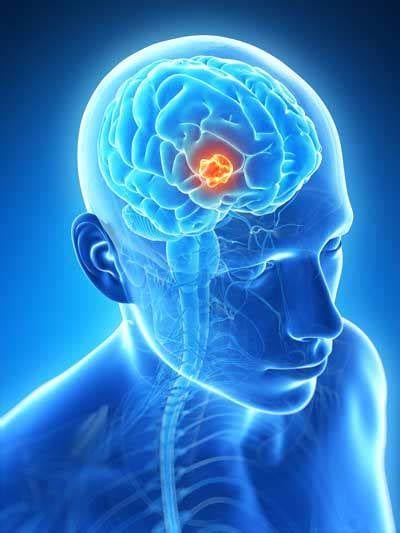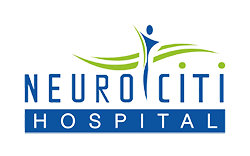Skull Base Neurosurgery Surgery In Ludhiana, Punjab
Skull Base Neurosurgery Surgery In Ludhiana, Punjab, Skull base surgery is suggested to the patients for removal of cancerous and non-cancerous growth along with abnormalities present in the underside of your skull, brain, and few vertebrae of the spinal column. Although, this surgery cannot be reached easily and this is the reason doctors use minimally invasive methods. Before the endoscopic skull base, tumor growth removal was done by opening the skull. At Neuro Citi Hospital, we provide the patients with the best of care and advanced treatment methods, as your comfort is our priority.
What are the conditions treated with skull base surgery?
Certain growth and certain conditions can be treated with skull base surgery and it includes the following:
|
|
|
|
|
|
|
|
|
|
What are the types of skull surgery?
Skull base surgery is done with 2 methods. The first preference is given to endoscopic surgery. Although, the doctor will check the type of growth, location, and extent of the tumor.
| Endoscopic/Minimally-invasive skull base surgery |
|
| Traditional/open skull base surgery |
|
What are the possible symptoms of a skull base tumor?
Well, the extent and the symptoms will be different for every person. It depends on the abnormality or growth in the skull base region. Usually, the symptoms will be based on the type, size, and location of the abnormality. Let’s check out the possible symptoms:
- Facial pain
- Headache
- Numbness
- Dizziness
- Face Weakness
- Visual problems
- Hearing loss or a ringing sensation in the ears
- Nasal congestion or frequent sinus infections

How is it diagnosed?
The diagnosis plan will be based on the tumor growth, symptoms, and physical examination. To view the area properly, the doctor will do imaging studies and physical examination.
Brain imaging studies : Brain imaging studies include the following methods which include:
Brain imaging studies : Brain imaging studies include the following methods which include:
- MRI (magnetic resonance imaging)
- MRA (magnetic resonance angiogram)
- PET (positron emission tomography)
- CT (computed tomography)
- MRV (magnetic resonance venogram)
- Your medical team can view the skull easily and look at the area which has a growth or abnormality.
Biopsy : A biopsy is a medical procedure to take out the tissue with the growth in the skull base and then it is checked under the microscope by placing the endoscope through the sinus and nose.
Additional test
- Checking the balance
- Cranial nerves
- Check the hearing
- Muscle activity
- Vision
What are the treatment options for skull base surgery?
Along with endoscopic and skull base surgery, the doctor will suggest the given treatment options by checking your condition. Some of the possible treatment options are:
- Chemotherapy: Chemotherapy drugs are used to treat cancer growth. Several chemo sessions are done, depending on your condition.
- Radiation therapy: Radiation therapy is done to control cancer growth. The doctor will make use of the X-ray treatment to take away the growth which cannot be done by surgery.
- Gamma Knife: Gamma Knife is a special kind of radiation treatment in which a specific amount of X-ray beams are used. This allows them to target the cancer growth in the skull.
- Particle therapy: One of the advanced methods of radiotherapy, which gets the treatment done through high-energy particles. This treatment option has fewer side effects,
- Proton Beam therapy: Proton beam therapy also comes under the category of radiation therapy, which has improved accuracy with the right kind of dosage.
Which technology is used to perform skull base surgery?
The surgeon uses microsurgery which is a technically improved treatment. Along with that, a wide variety of instruments are available with different angles and sizes like scissors, scoops, probes, hooks, and whatever is needed. In case, tumor growth is exceptionally large then 3D image guidance systems are used to check the neurological structure.
Following a management plan after skull-base surgery
Following the skull base surgery, you need to make sure that you follow all the advice given by your medical expert. The surgeon will help you on how you can get back to your normal working routine and how you can feel yourself again. In some cases, the patients need to get radiosurgery, radiotherapy, and proton beam therapy. The doctor will suggest you get the imaging done from time to time to check whether the growth is coming back or not.

